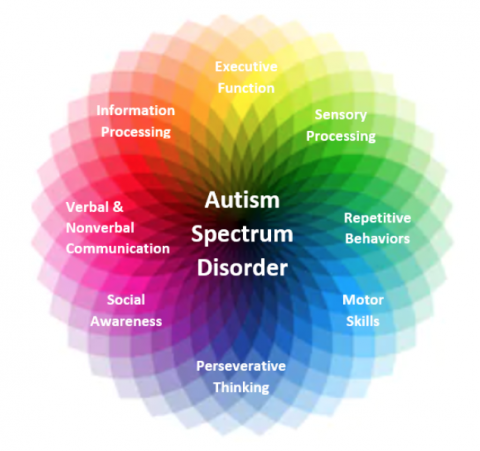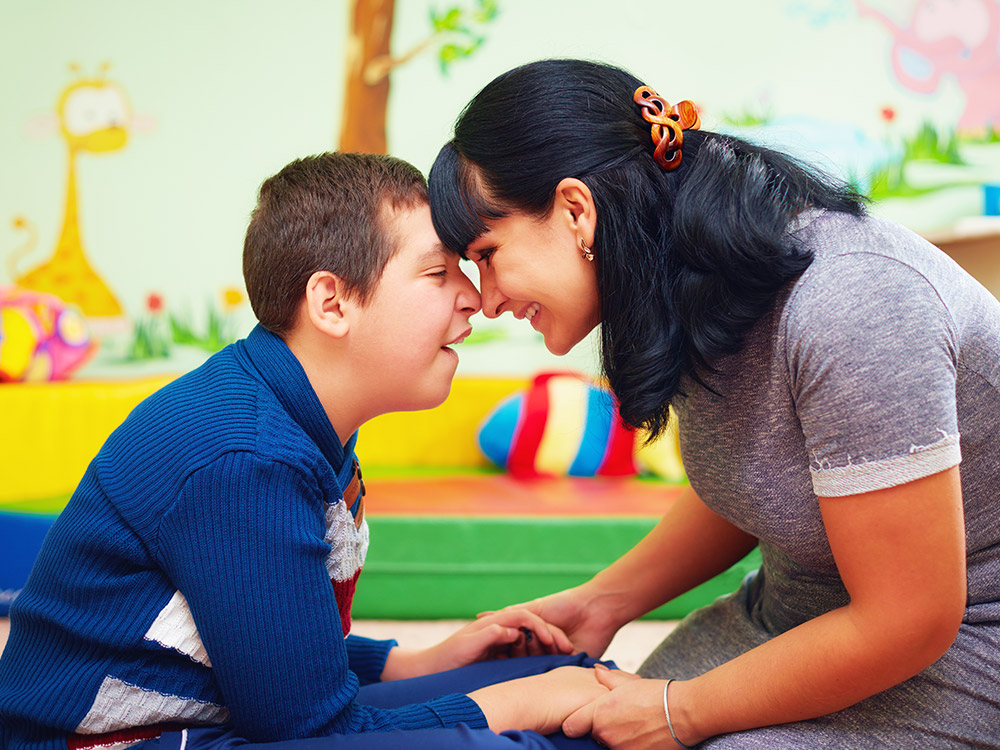Recognizing Autism: A Comprehensive Guide to Signs And Symptoms and indications
Autism Spectrum Disorder (ASD) includes a vast range of attributes that can significantly impact an individual's social communications and day-to-day performance. Recognizing these nuances not only aids caregivers and teachers in supplying proper assistance yet additionally fosters a more inclusive environment for individuals with ASD.
Summary of Autism Spectrum Disorder
Defining Autism Spectrum Disorder (ASD) involves recognizing it as a complex neurodevelopmental condition defined by a series of difficulties in social interaction, communication, and behavioral patterns. The term "range" mirrors the wide irregularity in signs and symptoms and their extent, which can vary dramatically from one person to an additional. ASD commonly shows up in very early youth, although some individuals may not receive a diagnosis until later on in life.
Aspects affecting the advancement of ASD include ecological aspects and genetic tendencies, although the precise causes continue to be under examination. Medical diagnosis usually counts on behavior evaluations, as there are no conclusive medical tests for ASD. Early intervention is essential and can considerably improve outcomes, concentrating on enhancing interaction skills, social interactions, and flexible actions.
Individuals with ASD may additionally show special staminas, such as phenomenal focus to information or specific locations of experience. Comprehending the multifaceted nature of ASD is important for cultivating a comprehensive environment that suits neurodiversity. Continued research is essential for establishing effective treatments and support systems, making it possible for individuals with ASD to grow and accomplish their possible within society.
Usual Indications of Autism
Recognizing the typical signs of Autism Spectrum Condition (ASD) is important for early recognition and treatment. These signs can differ widely in extent and presentation, but specific characteristics are often observed in people with ASD.
One of the most common indicators is a marked difficulty in developing and keeping eye call. Individuals may likewise display minimal interest in social interactions and show a choice for singular play. Recurring behaviors, such as hand-flapping, rocking, or spinning objects, frequently emerge early in childhood years. Furthermore, some youngsters may develop stringent regimens and come to be distressed if these regimens are disrupted.
Sensory level of sensitivities are likewise typical; individuals may underreact or overreact to sensory stimuli, such as textures, lights, or sounds. autism. Language growth can be irregular, with some kids displaying delayed speech or using language in uncommon means, consisting of echolalia-- repeating sentences or phrases listened to in other places
It is necessary to note that not every person with ASD will certainly show all these indications, and the degree of these behaviors can vary significantly. Early recognition permits for prompt support and resources, boosting the lifestyle for those on the range.
Social Communication Challenges
Social interaction obstacles are a characteristic of Autism Range Condition (ASD), affecting a person's capability to engage efficiently with others. These problems can manifest in various means, consisting of difficulties in initiating and keeping discussions, comprehending social hints, and responding appropriately in social communications.
People with ASD might battle with nonverbal interaction, such as eye get in touch with, faces, and body movement. This can result in misunderstandings, as their communicative intent might not be properly analyzed by others. They might find it tough to grasp the nuances of tone and context, which are crucial for effective interaction.
In group setups, individuals with ASD might feel overwhelmed and might not know exactly how to join in discussions (autism). They might likewise display irregular conversational patterns, such as monologuing regarding specific passions without identifying social reciprocity
Moreover, these difficulties can cause social seclusion or difficulties in developing partnerships, as peers may misinterpret their habits or communication design. Recognizing these social communication challenges is vital for fostering helpful atmospheres that advertise social abilities development and improve the high quality of communications for people on the autism range.
Sensory Responses and sensitivities
Many people with Autism Spectrum Disorder (ASD) experience enhanced sensory level of sensitivities that can dramatically affect their daily lives. A person with ASD might discover everyday sounds, such as a vacuum cleaner or crowded environments, overwhelmingly distressing, leading to anxiousness or crises.
Sensory processing distinctions in individuals with ASD can also influence their capability to engage in regular tasks and social interactions. For instance, a kid who is delicate to touch may stand up to physical love or prevent certain clothing textiles. A choice for particular structures or tastes can restrict nutritional choices and create obstacles throughout nourishments.
Comprehending these sensory level of sensitivities is important for recognizing the unique experiences of people with ASD. Recognition of their sensory profiles can foster far better communication and support strategies, creating an environment that accommodates their needs and improves their lifestyle. Eventually, recognizing sensory level of sensitivities is a crucial component of comprehending the wider spectrum of autism.

Supporting People With Autism
Reliable support for people with Autism Look At This Range Disorder (ASD) is critical for enhancing their general health and fostering self-reliance. Assistance strategies need to be tailored to fulfill the unique demands of each individual, considering their staminas and difficulties.

Social skills training can likewise play an essential duty. autism. Involving individuals in group activities or role-playing situations can boost their capacity to browse social communications. Additionally, it is vital to more helpful hints inform household participants, caretakers, and peers about ASD to foster a inclusive and helpful neighborhood
Final Thought
By fostering boosted interaction and social skills, people with autism can browse their environments extra efficiently. Eventually, increased recognition and support can significantly boost the quality of life for those influenced by ASD.
Autism Range Disorder (ASD) incorporates a broad range of attributes that can considerably influence an individual's social communications and everyday functioning.People with ASD may have a hard time with nonverbal communication, such as eye call, facial expressions, and body language.Lots of individuals with Autism Range Disorder (ASD) experience enhanced sensory sensitivities that can dramatically affect their day-to-day lives.Sensory processing distinctions in individuals with ASD can likewise affect their capacity to this post engage in regular activities and social interactions.Recognizing these sensory sensitivities is crucial for recognizing the special experiences of individuals with ASD.